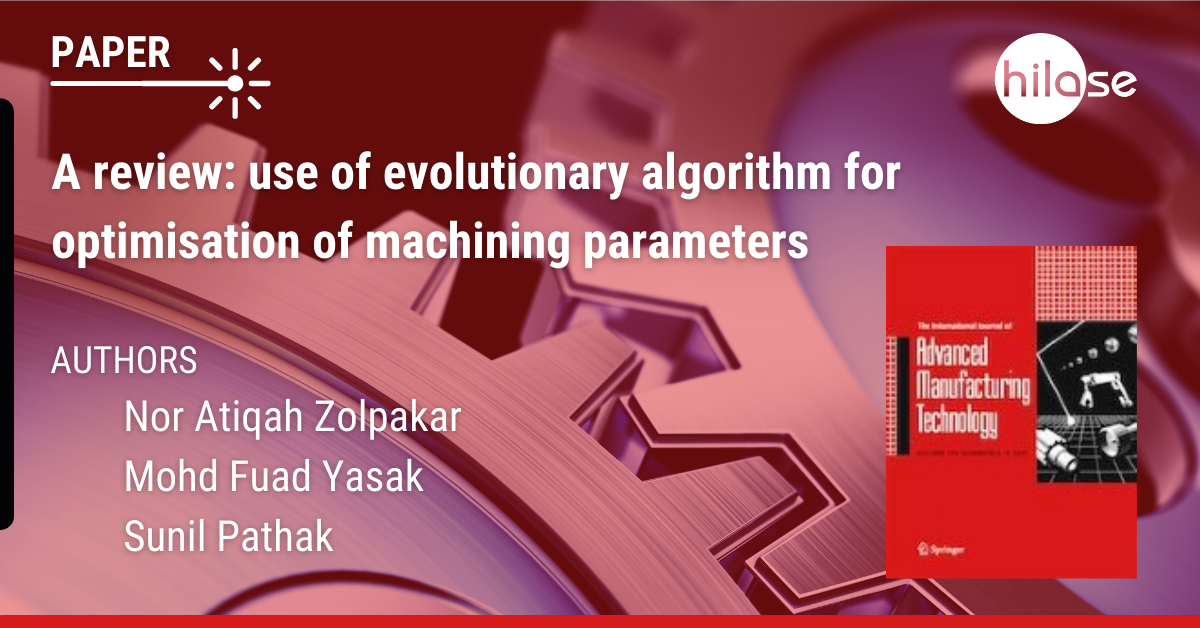In machining process, the appropriate selection of processing parameters plays a vital role in ensuring product quality, minimising machining costs, and increasing productivity.

Our colleague, Sunil Pathak, is a co-author of a critical review recently published in The International Journal of Advanced Manufacturing Technology. The review aims to highlight the benefits of using evolutionary techniques in various conventional and advanced machining processes. The article reviews past studies to achieve the desired outputs: minimum surface roughness, highest material removal rate, lowest production cost, and the shortest production time of machining processes and various optimisation attempts in terms of varying parameters that affect the outcomes.
The review has also identified several trends that are used in the optimisation process in order to obtain the desired lowest surface roughness, highest material removal rate, lowest production cost, and fastest production rate. For example, as the most frequent machining process was identified wire electrical discharge machining. What the algorithm concerns, the genetic algorithm seems to be still preferable although the evolutionary algorithm optimisation outcomes are superior compared to the conventional optimisation method.
To see all conclusions and the whole: “Critical Review: Use of evolutionary algorithm for optimisation of machining parameters”, please click here.








